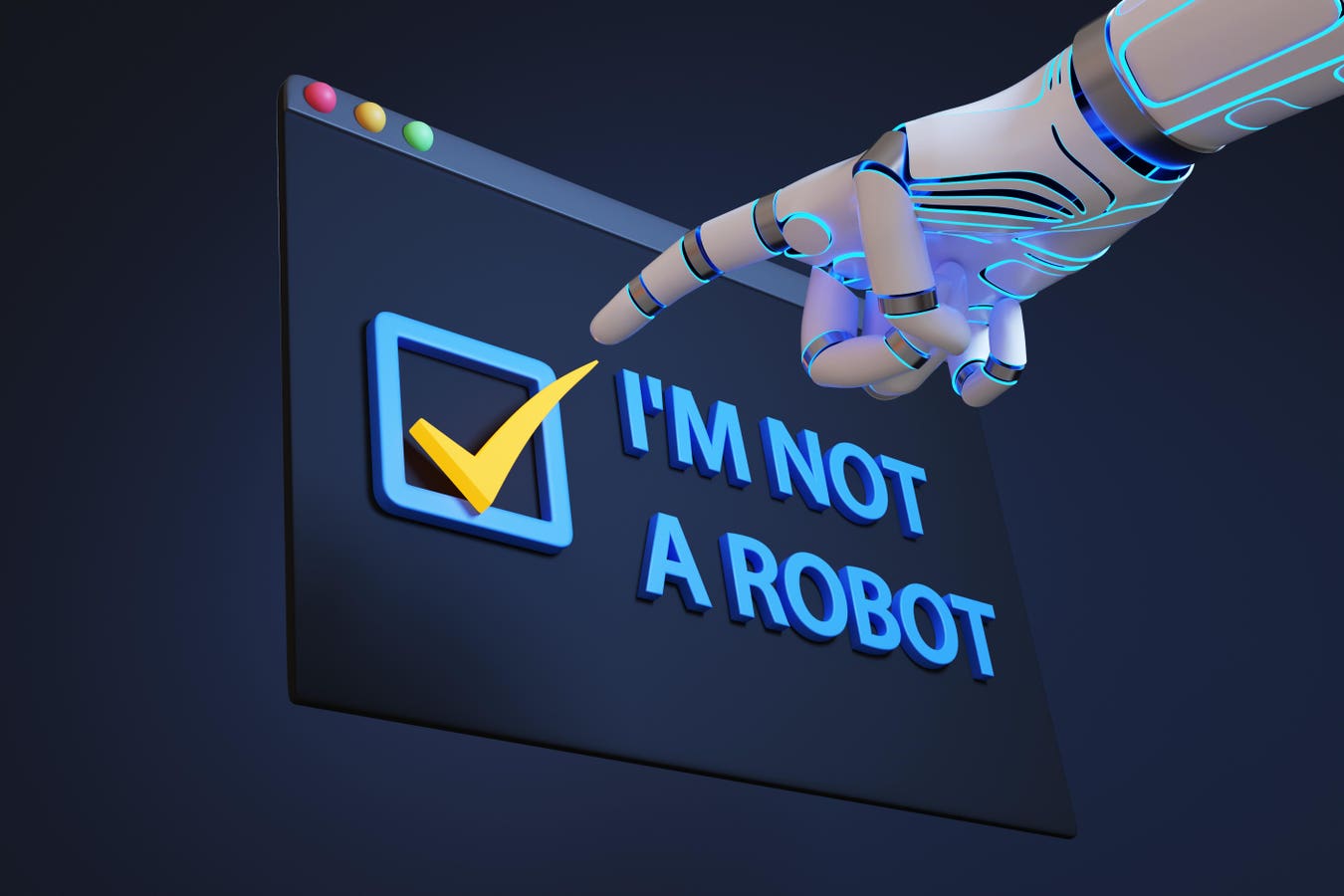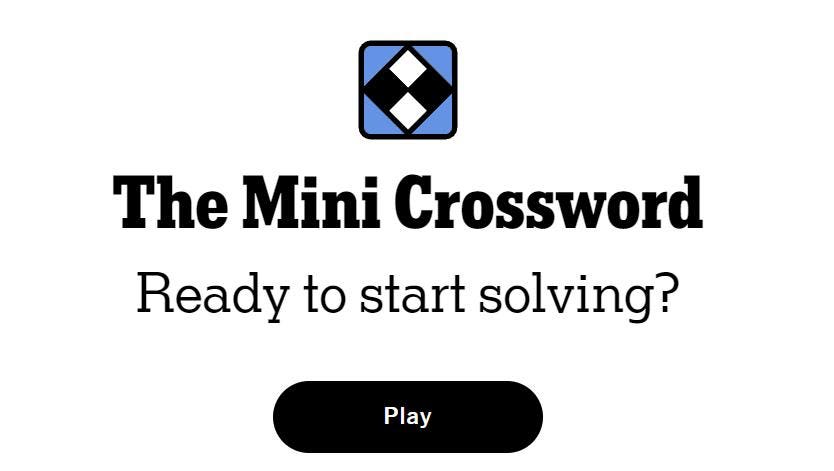Patagonia has never released its environmental and human impact all in one report before now
Getty Images
Patagonia has built a name for itself as a leader in environmentally conscious business, but until this November it hadn’t done something most businesses consider a basic requirement of addressing sustainability: publishing an impact report.
Since the ‘Work in Progress’ report’s release on 13 November, its candid acknowledgement of Patagonia’s failures and challenges as well as its successes have been shared widely on LinkedIn. Sustainability consultants, marketing professionals and branding experts have weighed in on the inaugural report, some praising it for its approach to radical transparency and creative storytelling, while others have pointed out that it shows how even the pioneers of sustainable business are struggling to make a positive impact.
Some of the most shocking findings published in the report include missing its target to reduce carbon emissions by 10% each year to meet its 2040 net zero goal. Instead, carbon emissions rose by 1% in FY2025 due to a change in its product assortment which meant producing some of its more carbon-intensive products such as packs and duffels. It also missed its 2025 goal to use 100% preferred materials, which currently stands at 84.1%, and only 39% of its factories are paying a living wage.
There are many successes included in the report too such as the estimated $14.7 million it donates annually to 1% For The Planet, increasing its material share of Regenerative Organic Certified cotton from 0% in 2019 to 17% today and saving 174,799 items from waste through its repair service in FY25.
Beyond the radical transparency of the information, the Patagonia report has also been praised for its authentic and engaging copy and design which make it surprisingly digestible for a 130-page corporate report. Bold page headings such as “Nothing We Do Is Sustainable” and “We put out 178,711 metric tons of CO2e into the atmosphere in FY25. That’s the equivalent emissions from ~20 million gallons of gasoline burned into the air by your cool road trip whip” mark out each section along with pictures from the brand and the natural environments it impacts. Refreshingly honest quotes from the business’s leaders including Matt Dwyer, VP of product footprint saying, “the more layers of the onion you peel, the more you cry” and the occasional hand-drawn scribble on the page break up the statistics and charts.
“One of the things that we wanted to achieve with this report was to spark conversations, and that clearly has happened. We wanted to make sure that we raise awareness on the one hand, but that we also create visibility on the things that we are still working on, and show that we are definitely not perfect,” says Nina Hajikhanian, general manager EMEA at Patagonia. “It enabled us to bring more nuance to the conversation, because the sound bites that you normally have in media don’t allow this type of conversation.”
As a private company, Patagonia has no regulatory requirements to produce sustainability reports. It has, over the years, gathered data about its impact and reported them through initiatives they are a part of such as B-Lab audits, the Science -Based Targets Initiative and its Fair Labor Association accreditation, but this is the first time such information has been gathered and shared publicly in one place.
“We all felt we could do a better job of bringing that all together in one place, so it was easier to digest,” Hajikhanian says.
It had also been preparing data, such as its double materiality assessment, in preparation for the EU’s Corporate Sustainability Reporting Directive. However, under changes to the directive, Patagonia no longer falls under the remit that would require this reporting. However, the brand chose to publish its findings anyway. “We just felt, especially in this climate where legislative pressure is dropping to get to a place where we have more transparency from businesses and where it feels unsafe politically, perhaps, to put these green issues into the center of conversation, it’s the most important thing to talk about,” Hajikhanian adds.
In an era of greenhushing and cooling regulatory pressure, Patagonia is not the only purpose-driven brand doubling down on radical transparency. Footwear brand Vivobarefoot recently launched its Unfinished Business Report with a similar approach to Patagonia. “The Unfinished Business Report is our accountability tool to our community and ourselves. It’s not designed to impress; it’s designed to tell the truth. We use it to show where we’re genuinely making progress and where we still have work to do on our regenerative journey,” says cofounder Galahad Clark. “Sustainability has become crowded with half-truths, and we have no interest in adding to that. By being open about our gaps, we create space for innovation and collaboration. The uncomfortable parts often hold the most important lessons.”
Hajikhanian also hopes that by highlighting Patagonia’s challenges in the report, it invites collaboration with others in the industry to be able to solve the issues that many businesses face and inspires other companies to be more transparent too: “We want to make sure that we progress and push the envelope, and we want to bring other businesses along. So, we do this in an open-source manner, but every business will have a different solution. And I think it’s important that we inspire others.”
These reports present a wider challenge to the industry too: what is a sustainability report for? Often, it’s an issue of compliance, or reassuring stakeholders, which can burden employees with a time-consuming bureaucratic exercise, but by embracing radical transparency and creative storytelling, they can become a tool for progress themselves. For Patagonia it is an act of activism itself. In a moment where action on climate change is moving further down the political and corporate agenda, it has made a splash with a report that challenges others to push ahead with progress anyway.








